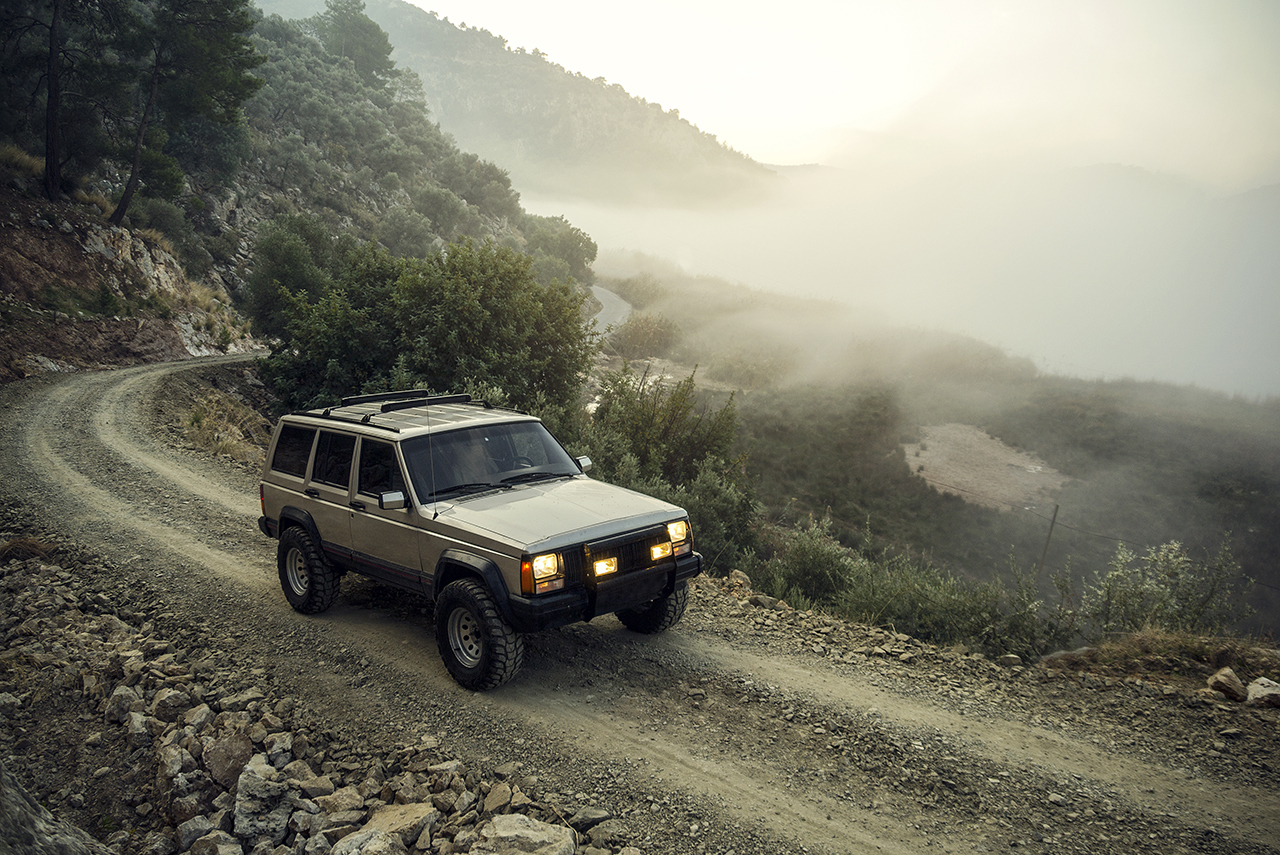Off-road camping trips push vehicles and gear to their limits. The terrain, weather, and duration of the journey all contribute to gradual wear that can reduce performance and safety over time. Reducing wear and tear is not about avoiding rugged conditions, but rather preparing for them with the right equipment, maintenance habits, and driving techniques.
Start with Preventive Maintenance
Before heading off-road, inspect all essential components of the vehicle. Tires should be in good condition with appropriate tread depth and inflation. Check suspension components for signs of damage or excessive wear.
Fluid levels and quality also matter. Dirty oil, low coolant, or degraded transmission fluid can increase friction and reduce engine lifespan. Make sure filters are clean and no leaks are present. Regular inspections catch small issues before they become larger problems on the trail.
Adjust Driving Technique to Terrain
Driving style significantly impacts vehicle wear. Sudden acceleration, hard braking, and excessive speed over uneven surfaces can damage tires, drivetrain components, and suspension. Maintain a steady pace and use lower gears when climbing or descending steep inclines.
Avoid spinning tires in mud or sand, as this generates heat and stress on axles and transmissions. Instead, use traction aids or recovery boards to free the vehicle safely. Slow, deliberate movements are more effective and reduce the risk of mechanical failure.
Protect Exterior and Cargo Areas
Off-road conditions expose the vehicle to mud, rocks, brush, and debris. Skid plates protect the undercarriage, especially around vital parts like the oil pan and fuel tank. Rock sliders and fender flares also help shield the vehicle from body damage.
Cargo protection is often overlooked. Dust and moisture can damage gear stored in the truck bed, especially during extended trips. Pickup bed covers provide a sealed environment for tools, recovery gear, and camping supplies. A well-fitted cover also improves aerodynamics and keeps the load secure during bumpy rides.
Clean and Inspect After Each Trip
Post-trip maintenance is just as important as preparation. Cleaning mud and dirt off the chassis helps prevent corrosion and reveals cracks or worn parts. Pay attention to wheel wells, axles, and underbody areas where buildup is common.
Check bolts and fasteners for tightness, especially on components like skid plates or recovery gear mounts. Off-road travel often loosens connections, and ignoring them increases the chance of breakdowns on future outings.
Tire Care Is Critical
Tires are the primary point of contact with the terrain, and their condition directly affects safety and comfort. After off-road use, inspect for punctures, uneven wear, and sidewall damage. Rotate tires according to manufacturer guidelines and adjust pressure based on load and terrain. Running too low can damage sidewalls, while overinflated tires reduce traction.
Camping and off-road adventures are most enjoyable when vehicles and equipment are functioning reliably. Reducing wear and tear requires a combination of planning, careful operation, and post-trip maintenance. With these habits in place, adventurers can explore further with confidence and keep their gear in good working order for years to come. For more information, look over the infographic below.

